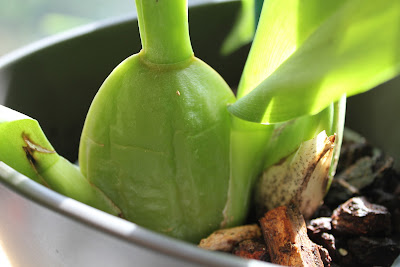Fig. 1 Oncidium (Colmanara Wildcat 'Bobcat')
A friend of mine gave me an Oncidium orchid last Christmas. Although there are hundreds of species and hybrids under this category of orchids, the one I got is called Colmanara Wildcat 'Bobcat'. The plant came already blooming and more than a month later today, the flowers are still there. The glossy burgundy petals edged around the far end with a touch of gold (Fig. 1) continue to provide a colorful crown to the green leaves. This orchid is commonly seen in many stores in the country but I will introduce it here by featuring some of its attributes that are not so obvious to the eye.
Fig. 2 Oncidiums have column wings
Distinguishing Characteristics. Oncidium is a genus in the orchidaceae family. It is known to be a native of the South America and the Caribbean. It was a Swedish botanist and taxonomist, Olof Peter Swartz [1] who brought this genus to the attention of world. There are hundreds of species and hybrids that are now classified as Oncidium. Nowadays, we would know that an orchid is an Oncidium by the following characteristics:
1. They have column wings
2. The presence of a callus or a tissue growth on the interior side of the lip
3. The formation of pseudobulbs with 1-3 leaves
4. The growth of bracts at the base of pseudobulbs
Hybridization material. Oncidium is one of the most widely utilized orchids for hybridization. Hybridization is the process of combining desirable characteristics from two genetically different plants into one offspring-plant by way of cross pollination. For example, plant A may have beautiful flowers but blooms only once a year. On the other hand, Plant B may not be so beautiful but it blooms repeatedly during the year. Plant A and Plant B would then be crossed (through hybridization) to combine their desirable attributes (beauty and multiple blooming times) into one plant. That is hybridization in simple terms - but to come up with the ideal hybrid is a long process. Offspring from the same parents exhibit genetic diversity. Out of hundreds or thousands of seeds that result from one cross (Plant A x Plant B) it would be very fortunate to find just the right plant immediately. There are undesirable characteristics of each parent that get transmitted to the offspring, of course. Breeding is long process of cross pollination (of ideal parents) and selection (from resulting offspring) but when the right combination is reached, the reward is worth all the time and effort. Hybridization is achieved by controlled pollination. Most hybrids are interspecific (cross between two species from the same genus) or intervarietal (cross between two varieties/hybrids of the same species which may have resulted from earlier a crosses). In the case of the Colmanara Wildcat 'Bobcat', the plant is the offspring of two other hybrids of different genera (singular -genus): Odontonia (Miltonia x Odontoglossum) and Odontocidium (Oncidium x Odontoglossum). This makes the Colmanara Wildcat an intergeneric hybrid.
Intergeneric hybrid is an uncommon type because it is developed by crossing two plants of different
genera. To explain this let me use the example of a more common genus -
Solanum.
Solanum is a group of plants that are considered nightshade. Among the plants under this genus are tomatoes, eggplant, potatoes, etc. Intergeneric hybridization would involve crossing two different plants from this genus; eggplant x tomato or tomato x potato; it does not happen easily. So you get the idea; intergeneric hybridization is a challenging process. On the contrary, it is a common knowledge that interspecific hybridization is the easiest way to find compatibility in parent materials. Going back to orchids, the fact that intergeneric hybridization is possible or even common could reflect some degree of error in classification systems rather than a successful betrayal of genetic boundaries. It is for that reason that there is a wide variety of Oncidium intergeneric hybrids [2] in the market today.
Fig. 3 Callous on labellum and winged-column
Pseudoantagonism. Most pollinators visit a flower in search of something that they desire such as food or even a mate. Plants on the other hand are often designed to attract their pollinators using scent, color and sometimes reward them with nectar. Some plants do not have anything to offer - so they rely on deceiving the pollinators; this is called deceptive pollination. Oncidium attracts its natural pollinator, the Centris bee, by simulating the apprearance of an enemy-insect. Natural pollination happens by way of pseudoantagonism. In this case the pollinator-bee is deceived into thinking that the flower (because of its shape) is a threat; it attacks the enemy in an attempt to defend its territory. When the bee strikes the enemy a.k.a. flower, the pollinia erupts and the pollens adhere to the attacker. The pollens get carried to the next flower during the next attack. If you use your imagination you can also recognize this insect-like structure on the column which is the center of the flower (Fig. 3). This is a unique and weird pollination mechanism but this is just one of the wonderful mysteries of plant life.

Fig. 4 Pseudobulb with one to three leaves
The bracts that originate from the basal sides of the pseudobulbs are the ones that bear the spikes.
Fig. 5 Bracts growing at the base of pseudobulb.
The next time you go to the store, try to see if you can identify the Oncidium from the rest of the orchids.
References:
















